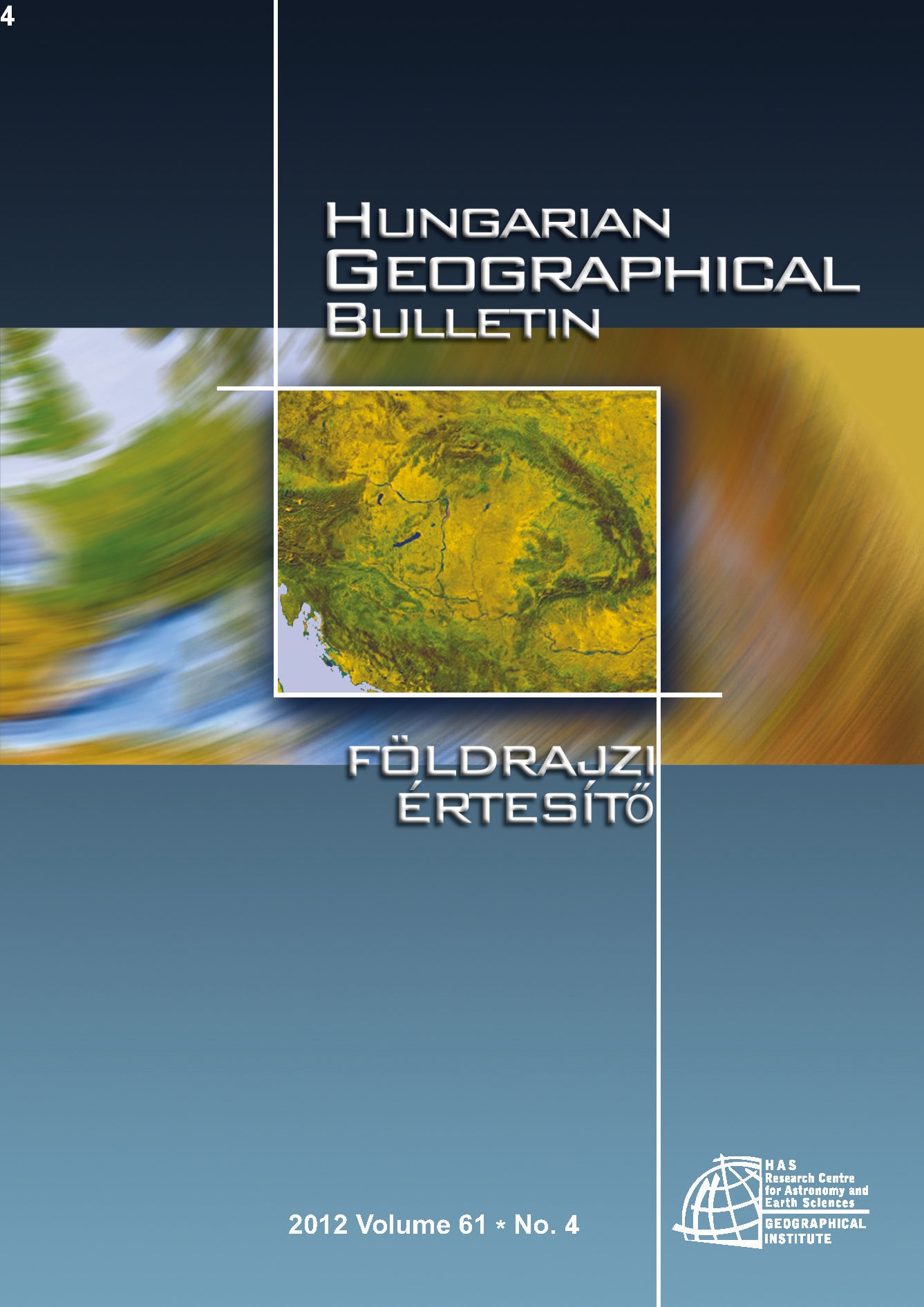The role of slumps in the changing process of soil formation and soil degradation
Abstract
The effects of slumps on soil erosion and soil formation in a Romanian study area, in the Nyárádmagyarós Basin being part of the Nyárádmenti Hills are investigated in this paper. Field and laboratory measurements revealed that slumps particularly intensified linear erosion along the edges of the area of slumps, furthermore, they contributed to the acceleration of erosion in the neighbouring agricultural areas, as well. Slumps contributed to the diversification of the pedological conditions, however, they decreased agricultural usefulness as soils of poor fertility had been formed (stagni-gleyic phaeozems, calcaric regosols). The great ratio of colluvic calcaric regosol proves the erosion of the surrounding areas while two versions of calcaric regosol reflect the locations of diff erent intensity of areal erosion.
Copyright (c) 2012 Csaba Fazakas

This work is licensed under a Creative Commons Attribution-NonCommercial-NoDerivatives 4.0 International License.






